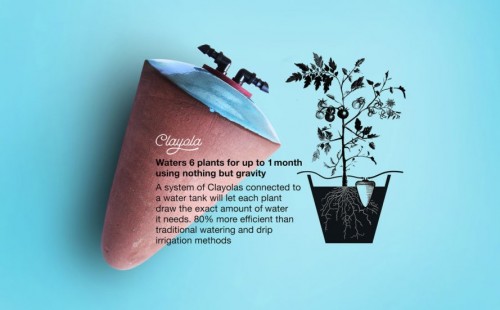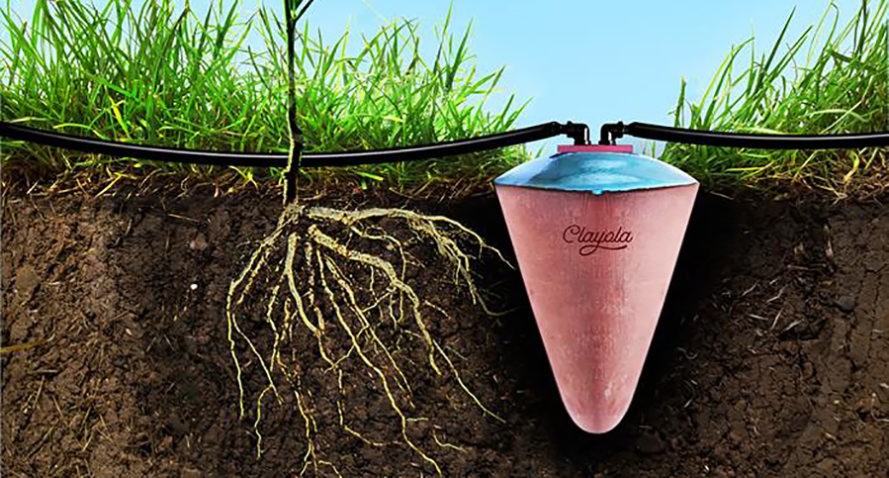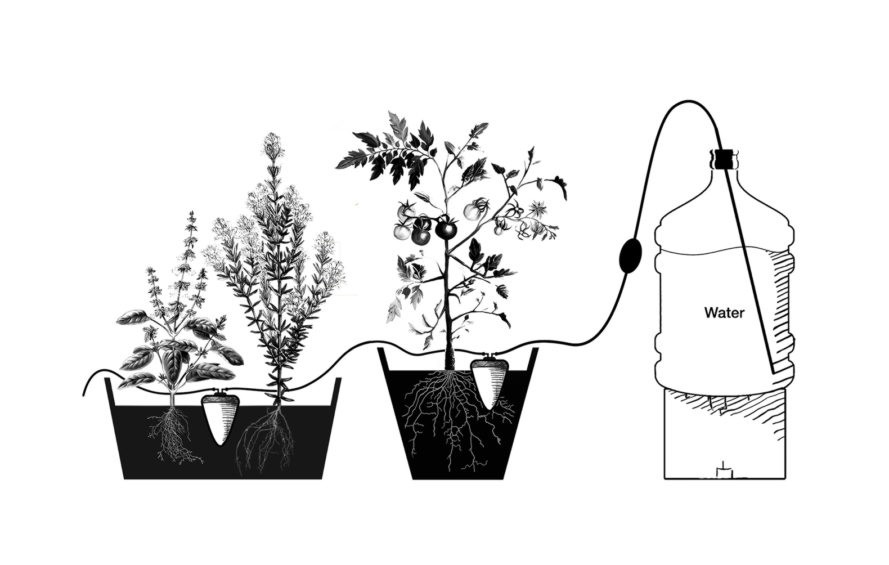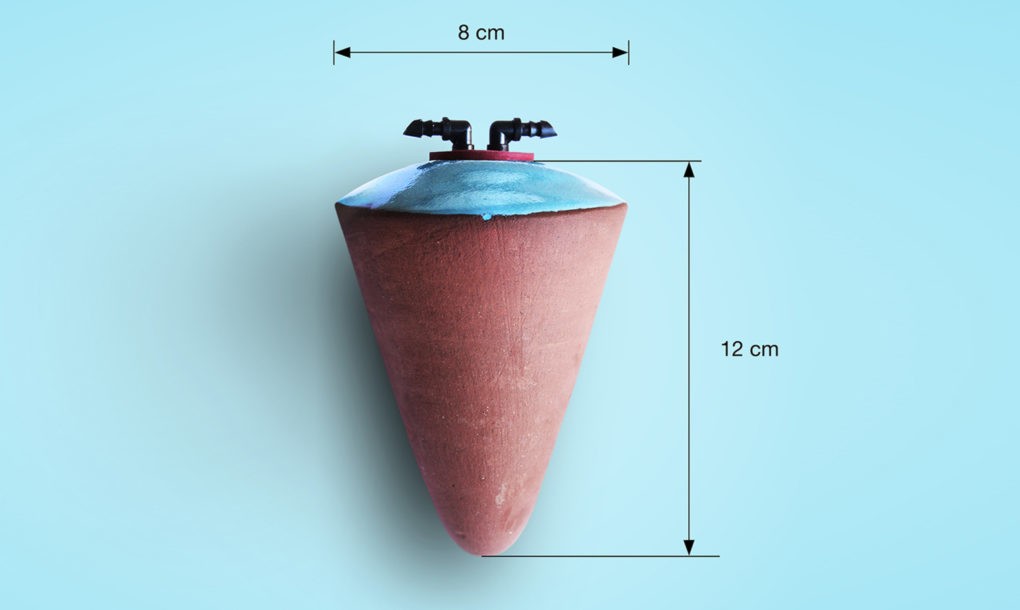RECOMMENDED VIDEOS

Grey Ray | Nature made | Eco Eraser (Eng/Jap Subtitle)
Grey Ray

Nano Mimizu : Hydrophilic & Anti Foulling
Nano Mimizu Sdn Bhd

Environmentally Friendly Sustainable Floor Care | Avmor's…
Avmor

ECOS Orange Mate
Earth Friendly Products

Ekotribe- Environmentally friendly, green, organic and…
Ekotribe
Related Stories
RepAir T-shirt cleans the air while you wear it
German city offers ingenious alternative to single-use coffee cups
These vegan “Star Wars” sneakers are made with discarded pineapple leaves
Loch sunglasses are made of 500-year-old timbers from the Great Lakes
Freitag Bags still going strong after 24 years
01 Apr, 2017

Artisanal clay pots from Egypt can water your plants for up to a month
Eco Products & Services | EGYPT | 16 Mar, 2017
Published by : Eco Media Asia
Gardeners who travel will love these absorbent clay pots from Egypt. Modeled after the Olla, an ancient ceramic pot prevalent throughout North Africa, the small vessels are designed to water plants for weeks at a time–using nothing but gravity. Clayola founder Rami Halim says 20 liters (5 gallons) of water can sustain six to eight plants for up to a month.
The Clayola pots, connected via a pipe to a water source placed at a slightly higher elevation, are pushed into the soil until the colorful tops are flush with the surface. A small siphoning pump gets the water flow going and then gravity takes over from there. The porous clay vessel acts like a sponge that slowly releases a small amount of water into the soil – just when it starts to become thirsty.
“As water evaporates from a plant’s leaves, it draws water from the soil and as the soil dries up water is drawn from the Clayola to the soil,” Rami said. “In effect the plant extracts the water it needs from each clay pot.”


“After a while,” he added, “a plant’s root system will find the source of water and literally hug the Clayola, allowing for maximum water use.”
Rami says Clayolas are ideal for travelers. Unlike those of us who tend to either starve or drown plants, this system guarantees “each plant gets the exact amount of water it needs at no risk of over or under irrigation.” And it is said to be 80 percent more efficient than conventional irrigation techniques.
Just 3 x 5 inches, the Crayola has a tapered shape that serves multiple functions. Not only does it maximize watering surface at the top, but it also makes it easier to penetrate the surface of the soil. The colorful glazed tops prevent evaporation and enhance the design’s playful aesthetic.

There are two reasons Clayola favors employing skilled artisans in Cairo to make their products, according to Rami. “The handmade imperfections are absolutely beautiful,” he said, “and this old world craft is efficient, elegant and produces a surprisingly durable product.”
Article from inhabitat.com
by Tafline Laylin
